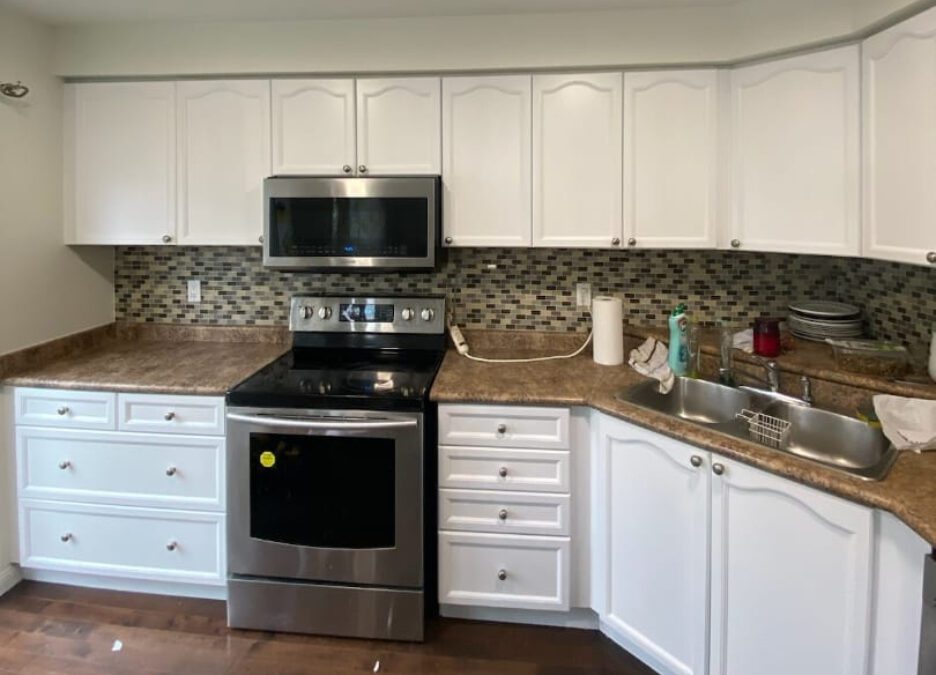Kitchen cabinet painting in Milton has evolved beyond a simple home improvement activity into a crucial aspect of interior renewal and sustainability. As homeowners explore cost-effective and eco-friendly ways to refresh their kitchens, cabinet painting offers an elegant alternative to full-scale renovations. It enhances visual appeal, supports environmental consciousness, and reflects the personality of the household.
Understanding the Purpose of Cabinet Painting
Cabinet painting is not only about color transformation—it’s about extending the life of existing materials. In Milton’s homes, where design trends blend modern minimalism with traditional charm, repainted cabinets provide a bridge between old craftsmanship and contemporary style. Instead of replacing wood or MDF cabinets, a well-executed painting process restores durability and vibrancy.
The Science Behind Proper Surface Preparation
Preparation defines the success of cabinet painting. Cleaning, sanding, and degreasing remove years of buildup from kitchen humidity and oil residues. Applying the right primer seals the surface, improving paint adhesion and preventing future peeling. Painters and DIY enthusiasts alike emphasize this stage because cabinets, unlike walls, undergo daily friction and frequent contact.
Choosing the Right Paint and Finish
Selecting paint for cabinets in Milton’s climate demands both aesthetic and functional thinking. Semi-gloss and satin finishes are popular because they reflect light beautifully and resist moisture. Water-based acrylics, now widely preferred, offer low VOC content, quick drying, and minimal odor—an essential consideration for active kitchens. The right finish also dictates maintenance ease, allowing cabinets to be wiped clean without fading or cracking.
Color Psychology and Kitchen Mood
Colors influence how people perceive space and comfort. Soft whites and neutrals make kitchens feel spacious, while deeper hues like navy or charcoal introduce a sense of luxury and modernity. In Milton, where natural light often floods suburban homes, homeowners are exploring two-tone combinations—light uppers with darker base cabinets—to create depth and contrast.
Technique and Application Precision
Cabinet painting is an art of precision. Unlike large wall surfaces, cabinets demand detailed brushing, spraying, or rolling to achieve uniform coverage without streaks or bubbles. Spraying technology, in particular, has gained traction for its ability to deliver smooth, factory-like finishes. However, attention to drying times between coats and consistent ventilation ensures durability and evenness.
The Sustainability Angle
Repainting instead of replacing cabinets aligns with Milton’s growing sustainability awareness. It reduces landfill waste, conserves wood resources, and lowers carbon footprints associated with new manufacturing. Eco-friendly paints further reinforce this initiative, helping residents upgrade aesthetics responsibly.
Maintenance and Longevity
Properly painted cabinets can last up to a decade with minimal upkeep. The key lies in periodic cleaning using non-abrasive solutions and avoiding excessive moisture. Homeowners who understand these maintenance principles enjoy kitchens that remain vibrant and resilient despite everyday use.
Current Trends in Milton’s Kitchen Design
Cabinet painting trends in Milton emphasize subtle elegance. Soft matte finishes, muted tones, and earth-inspired shades dominate current preferences. Designers also integrate minimalist handles and open shelving concepts to complement freshly painted cabinetry. These design directions align with the town’s preference for airy, functional, and timeless interiors.
The Broader Perspective
Kitchen cabinet painting represents a balance of creativity, technique, and environmental mindfulness. It’s not merely a task—it’s a design philosophy that values resourcefulness and style. In Milton’s evolving residential landscape, it stands as a symbol of sustainable transformation, proving that refinement doesn’t always require replacement.

